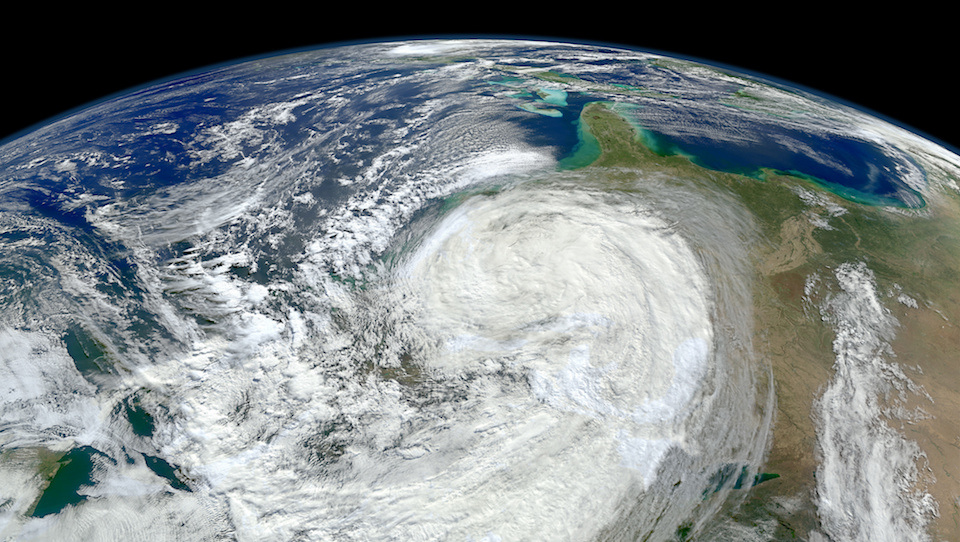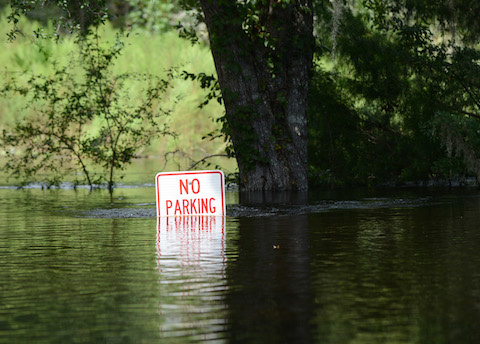- Changes in Extreme Events
Changes in Extreme Events in Florida
There is uncertainty in how extreme events may change in Florida in the future.

Storms, including their frequency, intensity, duration and location, are highly variable and more difficult to predict. Projections based on high-resolution models show variation, indicating a 6-34% global decrease in the frequency of tropical cyclones. However, projections also indicate more frequent stronger storms (category 4 and 5) with intensity increases of 2-11%. The amount of precipitation within 100km of the storm center is also projected to increase by 20% by 2100. Some models predict the greatest change to occur in the Western Atlantic, north of 20°N. Tropical storm damage will be exacerbated by sea level rise.
Other extreme events such as floods and droughts can also be difficult to predict, with many variables contributing to the development and persistence of factors leading to these extremes.

Although the overall projection for changes in Florida’s precipitation ranges from minimal increases to moderate decreases, if the pattern of the precipitation changes so that most of the annual precipitation comes in fewer but more significant precipitation events, there could be an increase in flood events. Drought may be more likely to occur, particularly in south Florida, given the projections for moderate precipitation decreases. Decreased precipitation coupled with increased temperatures will increase the rate of evapotranspiration, reducing the amount of time water is on the ground.